When it comes to natural wonders, places like the Grand Canyon or the Great Barrier Reef tend to dominate the conversation.
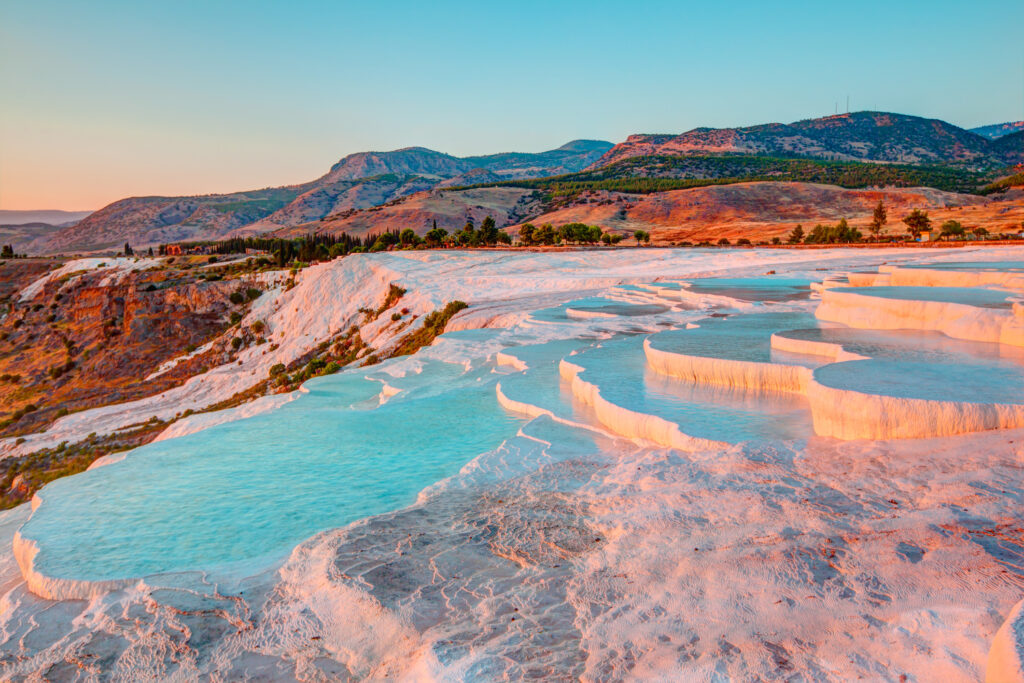
But all around the world, there are lesser-known landscapes that are just as breathtaking—places shaped over millennia by volcanic activity, shifting tectonic plates, glacial movements, or sheer geological magic. Many of these places remain under the radar, tucked away in remote corners of the globe, or overshadowed by their more famous counterparts.
The catch? A lot of them are under threat. Climate change, overtourism, deforestation, pollution, and human development are putting these delicate ecosystems at risk. Some are disappearing faster than researchers can study them. So if you’re after something truly unique, and want to see it while it’s still there, these 12 little-known natural wonders deserve a spot on your travel list.
1. Socotra Island, Yemen

Often described as the most alien-looking place on Earth, Socotra is home to over 700 plant species found nowhere else. The Dragon’s Blood tree, with its umbrella-like canopy and crimson sap, is the island’s botanical icon and serves as a symbol of biodiversity found nowhere else. Socotra’s isolation in the Arabian Sea helped it evolve into a hotspot for unique wildlife, including strange succulents and endemic birds.
In recent years, however, the island has faced increasing development, illegal logging, and erratic weather patterns brought on by climate change. Conservationists are racing to preserve its fragile balance before it shifts permanently.
2. Marble Caves, Chile
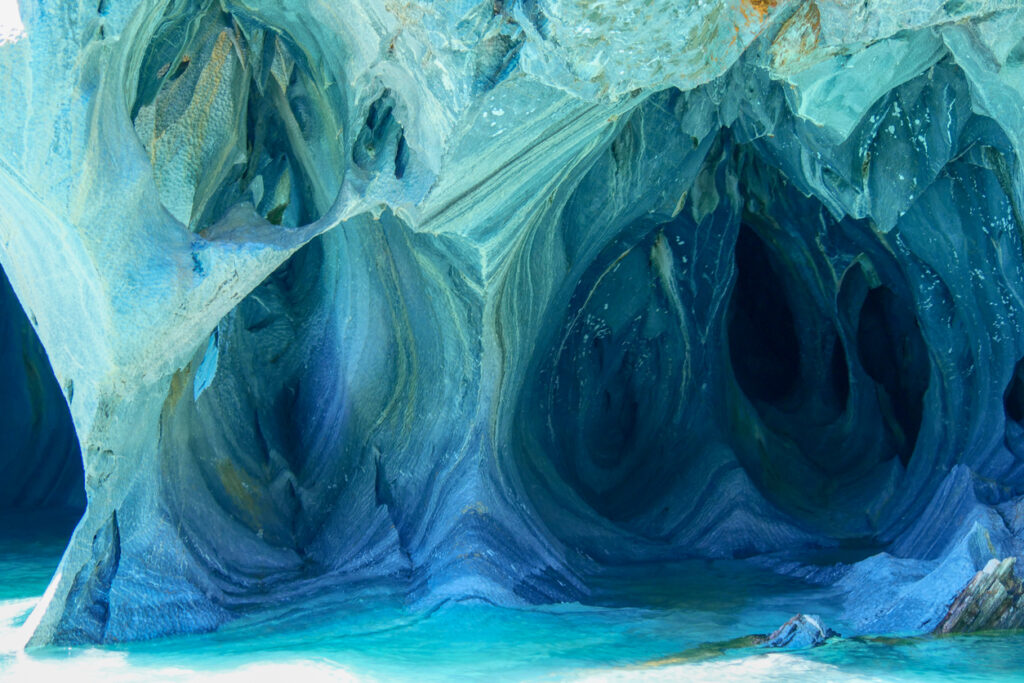
Carved by thousands of years of wave erosion in Lake General Carrera, the Marble Caves (Cuevas de Mármol) are surreal blue and white formations that shimmer with the colours of the glacial waters that surround them. These naturally formed caves are only accessible by boat, adding to their sense of isolation and wonder.
Because the caves depend heavily on stable water levels and glacial runoff to maintain their form and reflectivity, they are particularly sensitive to climate change. As glaciers in Patagonia continue to retreat, the ecosystem surrounding the lake and its marble caverns could be altered dramatically.
3. Danakil Depression, Ethiopia
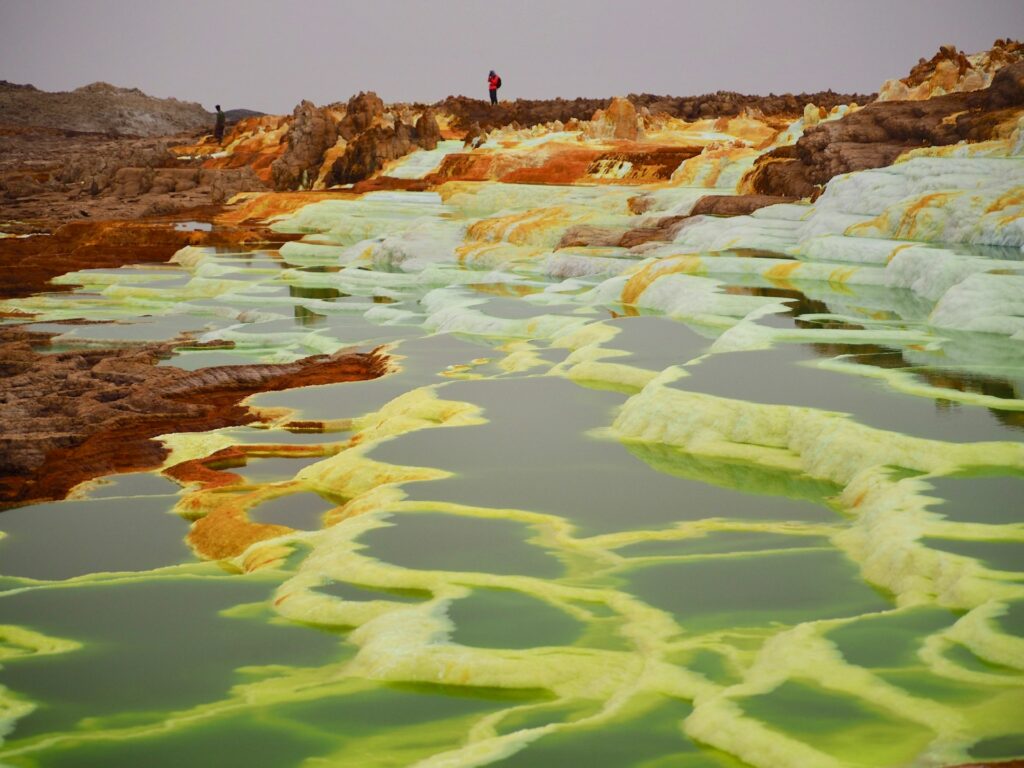
The Danakil Depression is one of the most extreme environments on Earth. Temperatures here regularly exceed 45 °C, and the area features acid pools, salt flats, neon sulphur springs, and even active volcanoes. Despite its harshness, it is home to Afar communities and hosts microbial life that thrives in seemingly impossible conditions.
Because of its unusual beauty and alien-like appearance, the region has started attracting more tourism, sometimes without adequate infrastructure. Combined with salt mining and regional conflict, the delicate balance of this remote ecosystem is under significant stress.
4. Tsingy de Bemaraha, Madagascar

Tsingy roughly translates to “place where one cannot walk barefoot,” referring to the jagged limestone pinnacles that dominate this UNESCO World Heritage site. Rising like forests of stone, these formations are interspersed with deep canyons, hanging bridges, and pockets of lush forest.
The park is home to several rare and endangered species, including lemurs and specialised reptiles. But it’s under threat from logging, poaching, and habitat fragmentation. Deforestation in surrounding areas also increases erosion, which could destabilise this already razor-sharp terrain.
5. Lake Natron, Tanzania
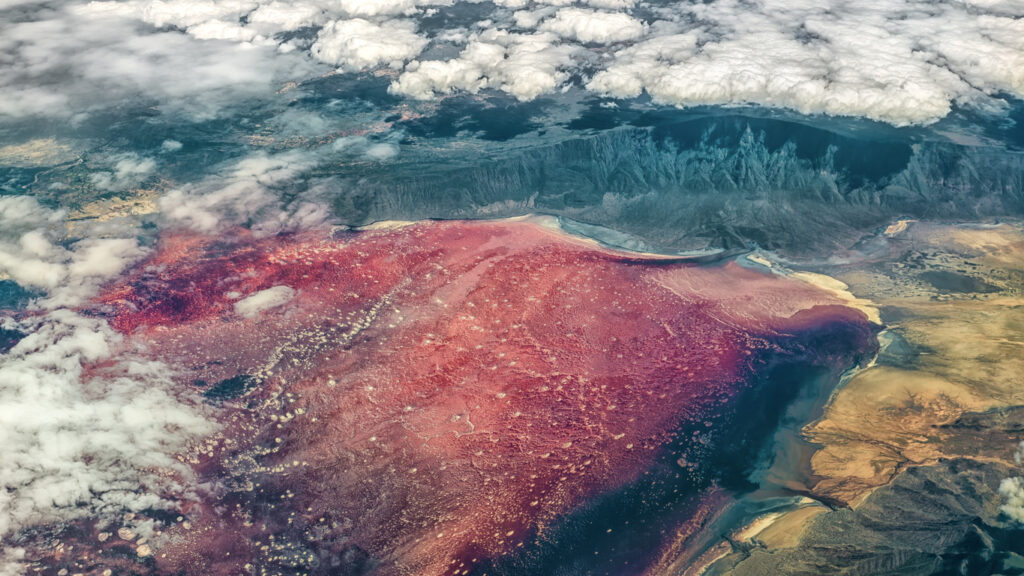
Lake Natron’s high alkalinity and mineral content make it a tough environment for most life, yet it is a critical breeding ground for millions of lesser flamingos. The lake’s surface often appears bright red due to salt-loving microorganisms, creating a striking visual.
Proposals to build dams on the rivers that feed Lake Natron have sparked controversy. Such changes could destroy the delicate balance of salt and water, threatening one of the most important flamingo nesting sites in the world.
6. Zhangye Danxia Landform, China
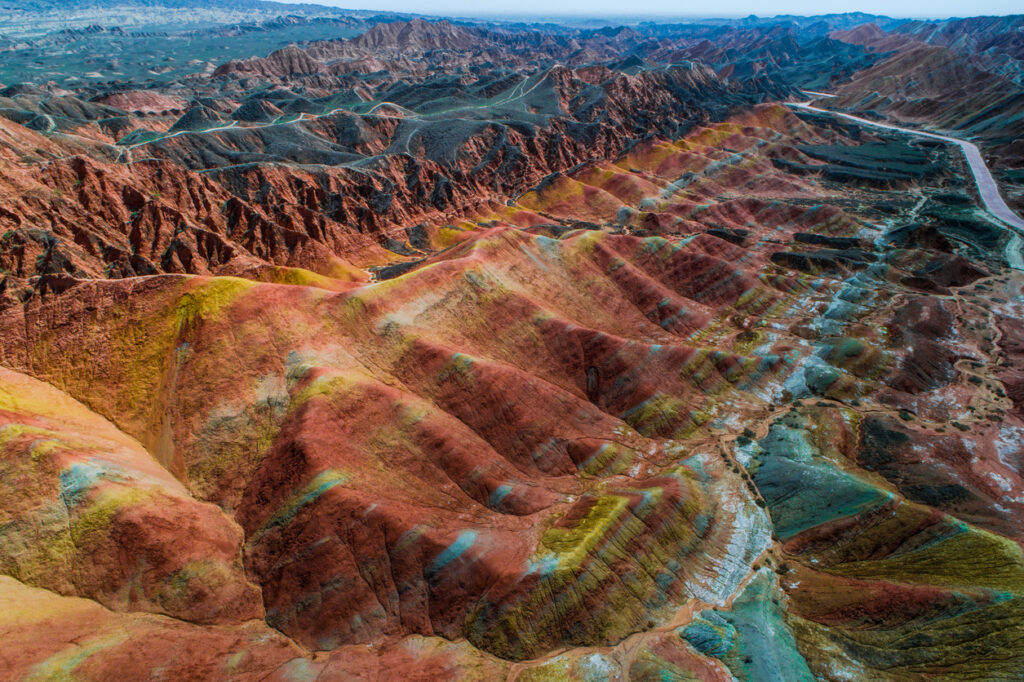
Located in Gansu Province, the Zhangye Danxia Landform is a geological marvel. The coloured stripes, which were created by layers of sandstone and mineral deposits over 24 million years, make a rainbow effect that stretches across the mountainous terrain.
While it’s become more popular with travellers in recent years, the area’s fragile rock formations are vulnerable to erosion and degradation. Infrastructure development, especially roads and viewing platforms, has begun to alter the natural landscape in ways that may not be reversible.
7. Valley of Flowers, India
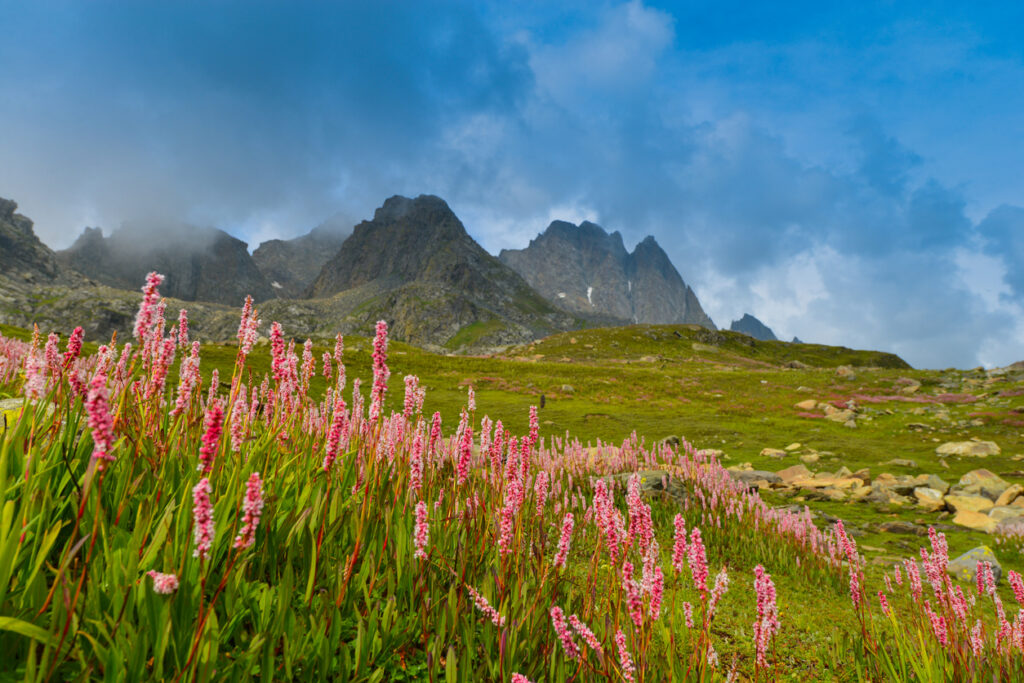
Nestled in the Western Himalayas, the Valley of Flowers is a high-altitude UNESCO-listed national park famous for its seasonal bloom of wildflowers. For a few months each year, the valley turns into a vibrant carpet of colours, hosting over 500 species of flora.
Besides being a botanical treasure, the park is home to endangered species like the snow leopard, musk deer, and Himalayan monal. But changing rainfall patterns and warming temperatures are already shifting the timing and abundance of the blooms, making conservation efforts more urgent.
8. White Desert (Sahara el Beyda), Egypt
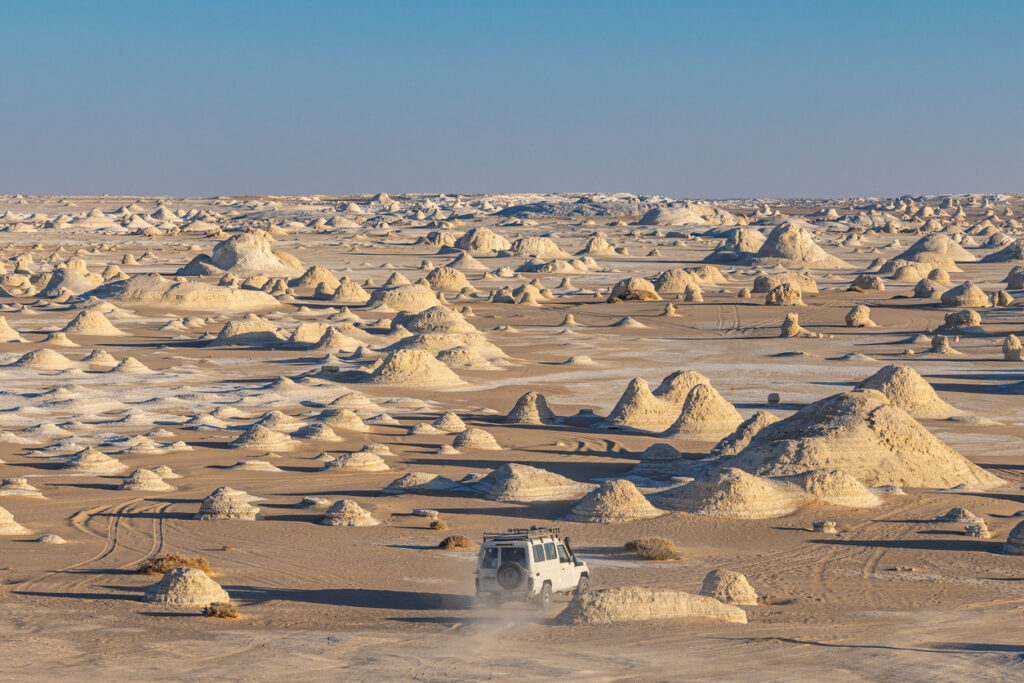
Located within the Farafra depression, the White Desert is famous for its chalk rock formations sculpted by millennia of wind and sand. These towering natural sculptures take on surreal shapes—mushrooms, towers, and even what looks like human figures.
Despite being a protected area, the desert has seen rising tourist numbers in recent years, many of whom visit on unregulated off-road trips. This contributes to the erosion of fragile formations and the disturbance of native desert life. Efforts are underway to better control access and preserve this alien-looking landscape.
9. Lençóis Maranhenses, Brazil

Stretching across northern Brazil, Lençóis Maranhenses National Park looks like a classic desert from above until you visit during the rainy season. Then, between the rolling sand dunes, freshwater lagoons form, creating a network of blue oases.
This extraordinary landscape is influenced by shifting weather patterns. Longer dry spells can reduce the number of lagoons, while increased tourism in recent years has added strain on local ecosystems. Local guides and community-led efforts are helping to manage the impact, but it’s a delicate balance.
10. Waitomo Glowworm Caves, New Zealand
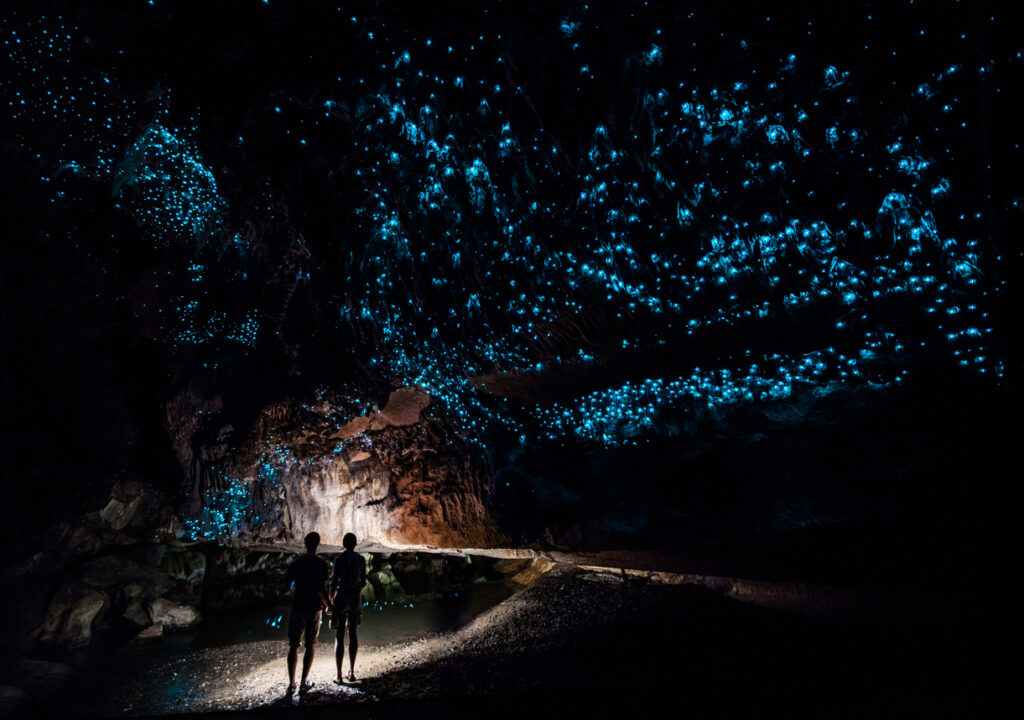
Beneath New Zealand’s North Island lies an enchanting cave system where glowworms illuminate the limestone ceilings like stars. The glowworms, unique to New Zealand, emit a natural blue-green light to lure prey. It’s a hauntingly beautiful and completely natural phenomenon.
However, glowworms are incredibly sensitive to changes in their environment. Excessive foot traffic, artificial lighting, and noise can disrupt their mating and feeding cycles. Conservationists and tour operators now work closely to minimise disruption, but ongoing protection is essential.
11. Pamukkale, Turkey
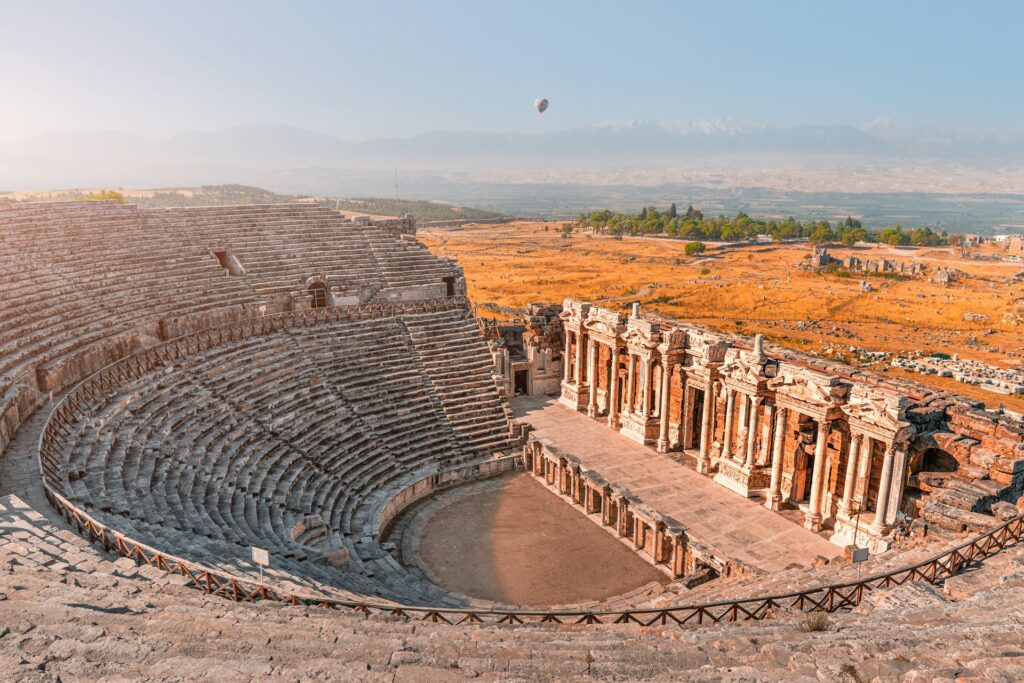
Pamukkale, or “cotton castle” in Turkish, features dazzling white terraces of travertine created by calcium-rich spring waters. These cascading pools have drawn visitors since Roman times, who came for their healing properties.
The increase in tourism, combined with inadequate water management in the past, led to parts of the site drying up or becoming discoloured. Strict regulations have since been put in place, including limiting where tourists can walk barefoot and how water is circulated, but continued enforcement is key to keeping this wonder intact.
12. The Door to Hell, Turkmenistan
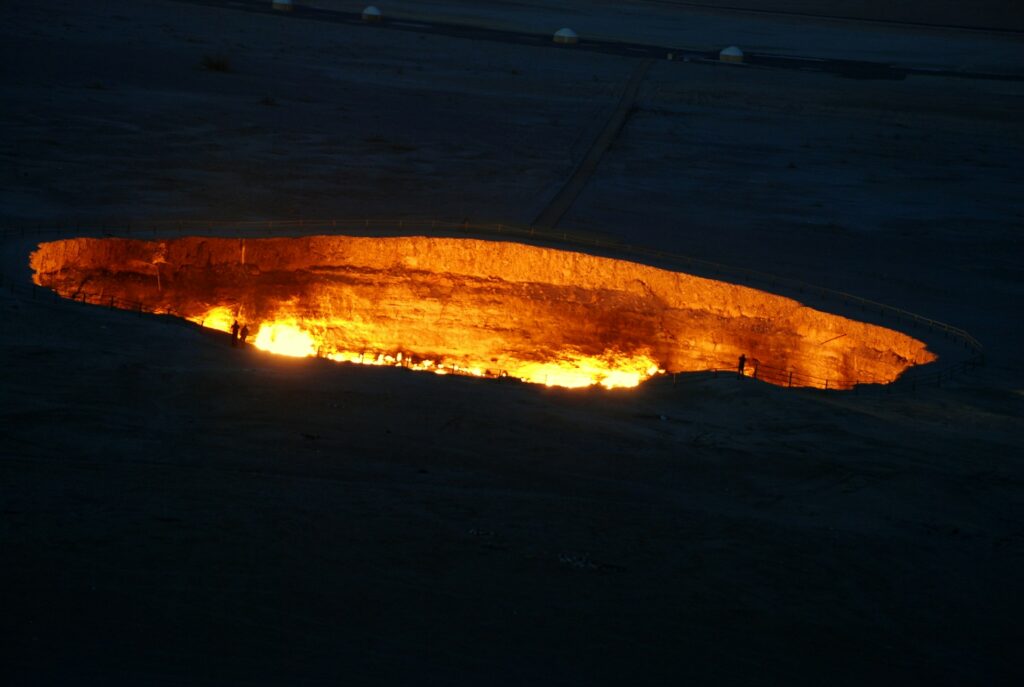
The Darvaza gas crater, nicknamed the “Door to Hell,” has been burning for more than 50 years after Soviet geologists set a leaking natural gas field on fire to prevent methane from spreading. It was expected to burn out quickly, but it’s still ablaze today.
In recent years, the Turkmen government has expressed interest in extinguishing the flames due to safety, environmental, and economic concerns. So while it may not be a naturally occurring phenomenon, its eerie, fiery glow in the middle of the Karakum Desert has become a powerful symbol of human impact on the landscape, and a sight that might not be around forever.
Natural wonders don’t have to be world-famous to be worth protecting. These lesser-known sites carry a kind of magic all their own—rich in biodiversity, shaped by unique forces, and deeply tied to local culture and ecology. Many are teetering on the edge of transformation or disappearance, and the choices we make now, whether to visit responsibly, support conservation, or simply raise awareness—could make all the difference.
If you’re lucky enough to visit one of these incredible places, tread lightly, support local initiatives, and remember that even the most hidden corners of the planet are part of the fragile global web we all rely on.